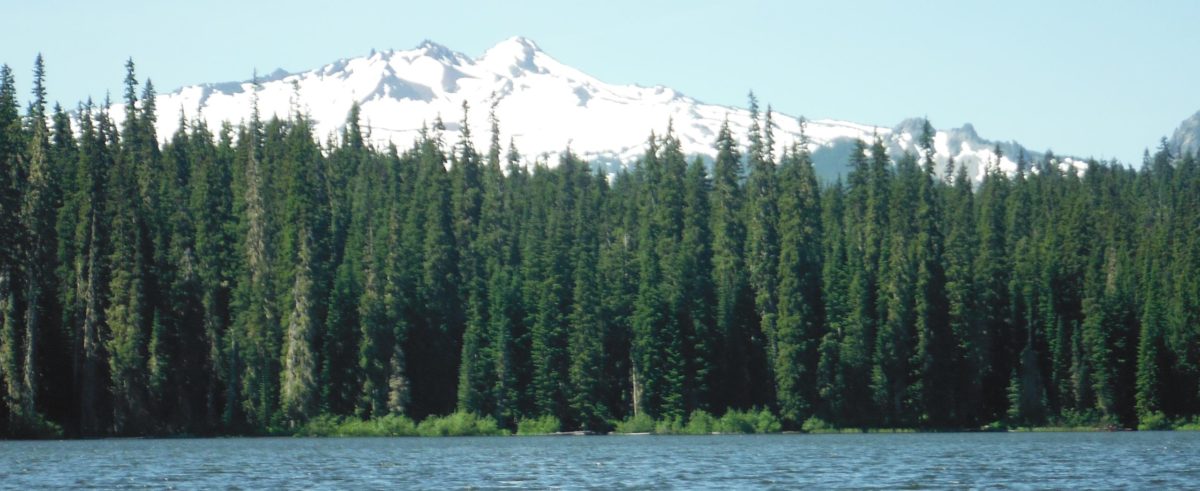 The “Transfiguration” of Jesus before three of His disciples is one of the most wonderful and most baffling events in the Gospel. On the one hand it offers a fascinating glimpse at the divine glory hidden within the human nature of Jesus. On the other hand, one is left pondering the question, “What was the point?” How did this moment which revealed the ineffable brightness of God in Jesus further His mission and purpose? What are we to learn from it?
The “Transfiguration” of Jesus before three of His disciples is one of the most wonderful and most baffling events in the Gospel. On the one hand it offers a fascinating glimpse at the divine glory hidden within the human nature of Jesus. On the other hand, one is left pondering the question, “What was the point?” How did this moment which revealed the ineffable brightness of God in Jesus further His mission and purpose? What are we to learn from it?
We’re looking at the Transfiguration this year through Luke’s Gospel, Luke 9:28-36. It helps to set the Transfiguration in its immediate context. It happens just after three key passages. Simon Peter states aloud that Jesus is the Messiah and the Son of God. Then Jesus predicts His crucifixion and death. Then Jesus says that some standing before Him will not die “before they see the Kingdom of God.”
First, then, the Transfiguration is a visible confirmation of the truth of what Peter confessed by faith. The glory of Jesus as the divine Son, the second person of God, existing from eternity, was hidden as Jesus walked the earth as a human being. Peter’s discernment that the Man he followed was divine is remarkable and only possible, as Jesus says in Matthew 16, via a revelation from the Father. But on the Mount of Transfiguration, the hidden glory of the Lord spills out in brightest light.
Second, the Transfiguration is a reminder that the greatest glory of the Son of God lay still on the other end of the road of suffering. Jesus is most glorious in His worst humiliation. Jesus exalted even more highly than in the light of His transfiguration. His exaltation was being “lifted up” to die on the Cross. So in Luke 9:31, the topic of conversation on the mountain was Jesus’ “departure,” that is, His death.
Third, Moses and Elijah were there to talk with Jesus as a clear sign that Jesus was about to fulfill everything predicted in their ministries. Moses represented the law and Elijah the prophets. The story and message of the Old Testament, which is the building of God’s kingdom on earth, was completed by Jesus. As He said in Matthew 5:17, “Do not think that I have come to abolish the Law or the Prophets; I have not come to abolish them, but to fulfill them.” So the promise that some would see the Kingdom coming before they died was kept there on the Mount of Transfiguration.
From the presence of Moses and Elijah I draw the title for the sermon this Sunday, “Huddle,” picturing that mountaintop confab between the three of them, Jesus, Moses, Elijah, as a football huddle, talking over the great play about to be run by Jesus. In a small way, we mirror that “huddle” when we gather for worship with out Lord and prepare for our own missions in the world.
The transformation on the mountain looks powerfully toward the other mountain where Jesus completed His mission by departing into death. Yet it is also a preview and promise of the glory that is to be revealed when all that God desires is complete. In Revelation 1:12-16 John tells his vision of Jesus as He will return, blazing with glory, shining with power, with the sword of His Word in His mouth and with stars in his hands. Writing the Revelation, John must have remembered the vision years before and realized how the Transfiguration contained the promise of what he then saw as an old man.
